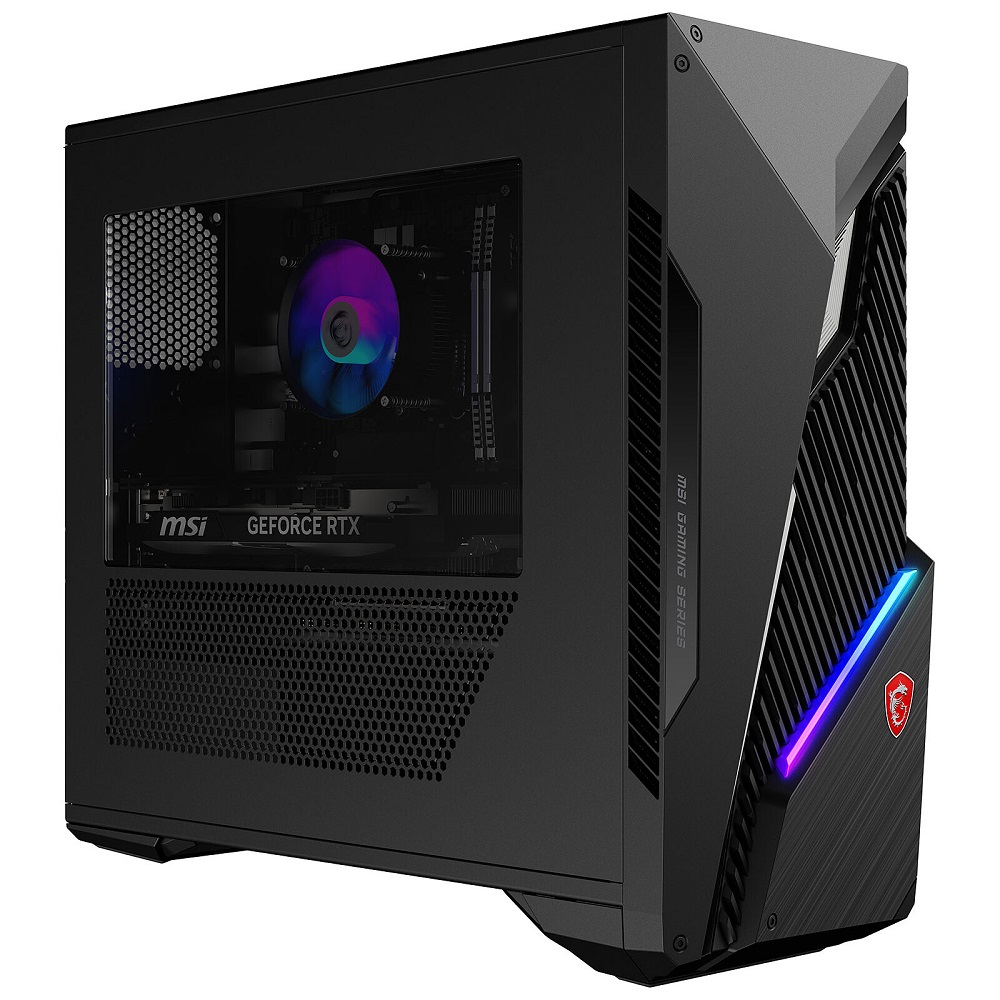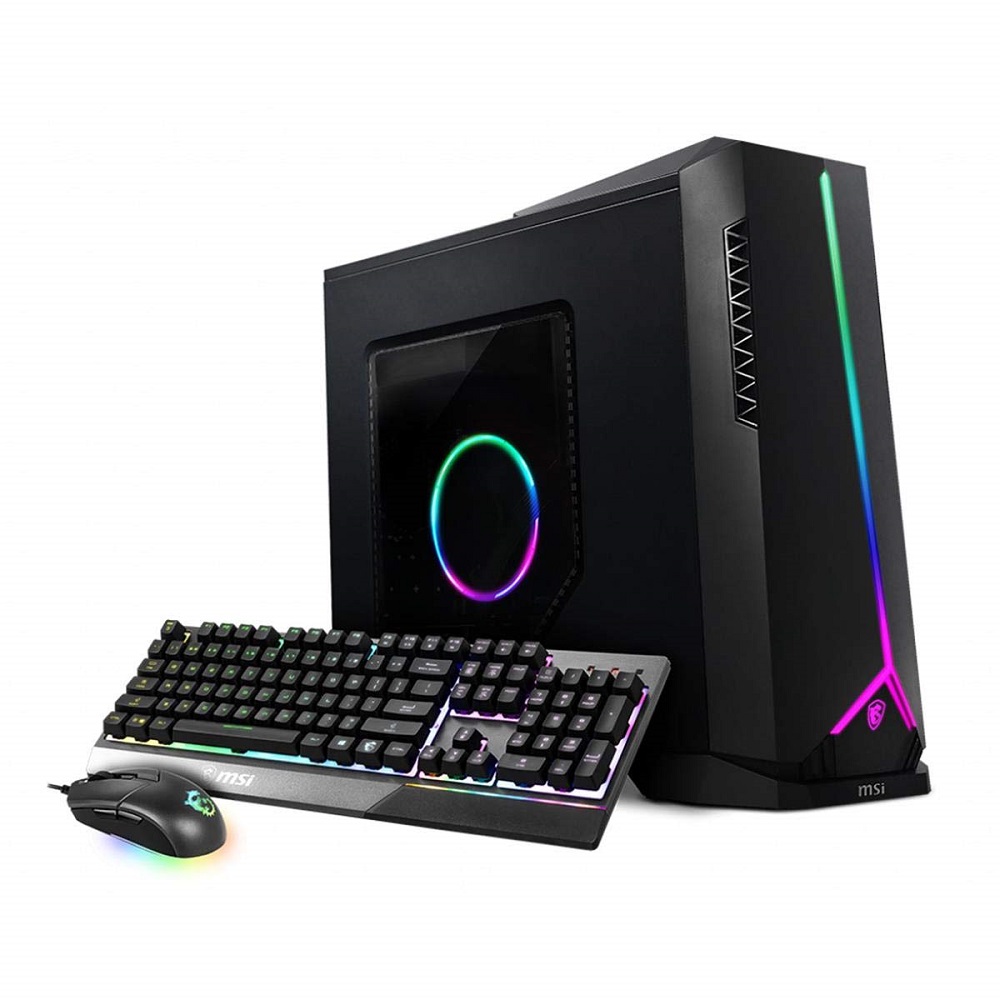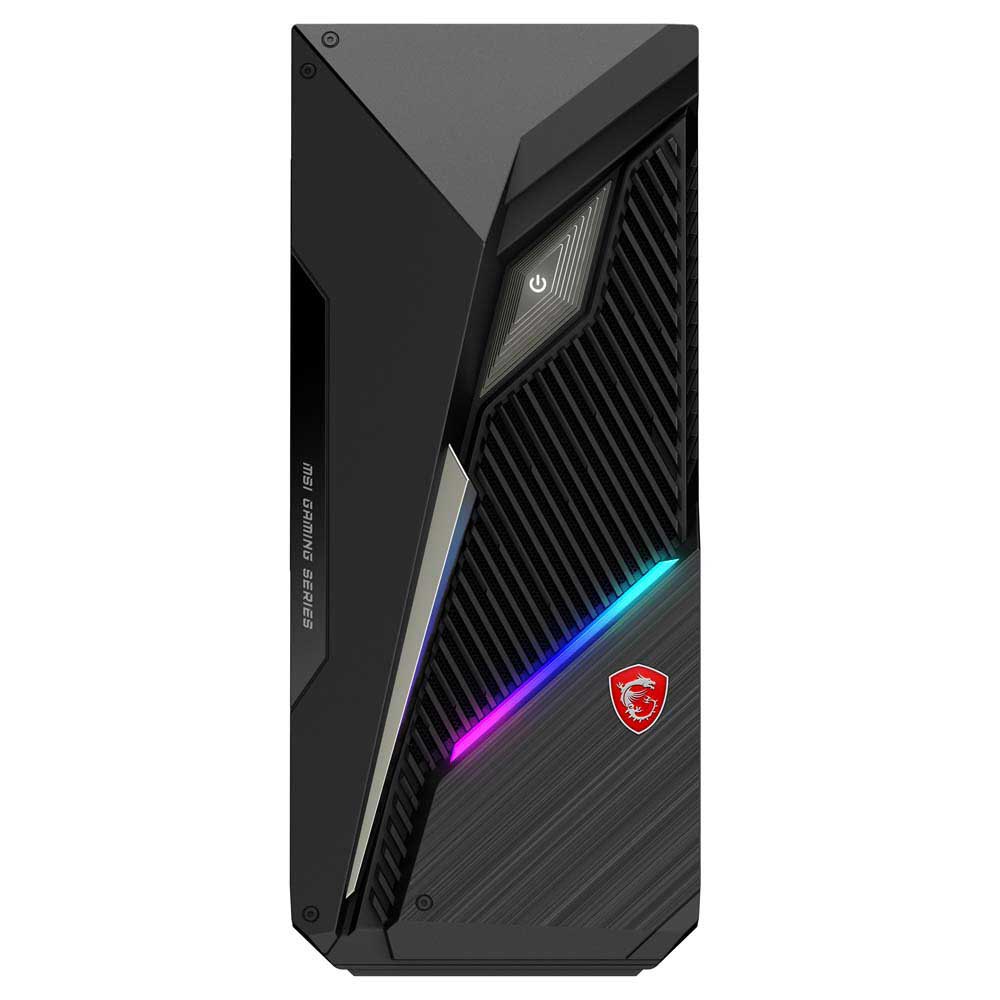When it comes to gaming, the performance of your desktop can make or break your experience. MSI gaming desktops are designed to deliver high performance, but there are several steps you can take to ensure you’re getting the most out of your machine. This article will guide you through practical techniques and tools to optimize your MSI gaming desktop for maximum performance.
Updating Your System
Keep BIOS and Drivers Up-to-Date
One of the most fundamental steps to ensure optimal performance is to keep your BIOS and drivers up-to-date. The BIOS (Basic Input/Output System) is critical for hardware initialization and system management. MSI gaming desktop frequently releases BIOS updates that can improve system stability, compatibility, and performance.
How to Update BIOS:
- Visit the MSI Support Page: Go to the official MSI website and navigate to the support section.
- Download Latest BIOS: Find your specific MSI gaming desktop model and download the latest BIOS file.
- Follow Instructions: Follow the step-by-step instructions provided by MSI to update the BIOS safely.
Updating drivers, especially GPU drivers, is equally important. Updated drivers can provide performance improvements, bug fixes, and support for new games.
How to Update Drivers:
- Use MSI’s Dragon Center: MSI’s Dragon Center software can automatically detect and update drivers.
- Check Hardware Manufacturer Websites: Visit the websites of component manufacturers (e.g., NVIDIA, AMD, Intel) to download the latest drivers.
Regularly updating BIOS and drivers ensures that your system benefits from the latest enhancements and fixes.
Utilize Windows Update
In addition to updating BIOS and drivers, ensure your operating system is up-to-date. Windows updates often include performance improvements, security patches, and new features.
How to Utilize Windows Update:
- Go to Settings: Open Settings from the Start menu.
- Navigate to Update & Security: Go to Update & Security, then click on Windows Update.
- Check for Updates: Click “Check for Updates” and install any available updates.
Keeping your Windows operating system current ensures compatibility and stability with your hardware and software.

Optimizing System Settings
Adjust Power Settings
Power settings can have a significant impact on performance. By default, Windows may use a balanced power plan that limits performance to save energy. For gaming, switching to a high-performance power plan can make a notable difference.
How to Adjust Power Settings:
- Open Power Options: Right-click on the battery icon in the taskbar and select “Power Options.”
- Select High Performance: Choose the “High Performance” plan. This ensures that your CPU and GPU run at full speed when needed.
Switching to a high-performance power plan maximizes the potential of your hardware, providing a smoother gaming experience.
Optimize Game Settings
Most games have various settings that affect performance. Adjusting these settings can make your games run smoother without sacrificing too much visual quality.
Key Settings to Optimize:
- Resolution: Lower the resolution if experiencing lag. 1080p is often sufficient for smooth gameplay.
- Graphics Quality: Adjust settings like texture quality, shadows, and anti-aliasing. Lowering these can boost performance.
- Frame Rate Cap: Some games allow you to cap the frame rate to ensure stable performance.
Experiment with different settings to find the best balance between performance and visual quality for each game.
Utilizing MSI’s Built-In Tools
MSI Dragon Center
MSI Dragon Center is a powerful tool that provides a centralized interface for optimizing your gaming desktop’s performance. It includes features like system monitoring, performance tuning, and customization.
Key Features in Dragon Center:
- Gaming Mode: Automatically optimizes system settings for gaming.
- Hardware Monitoring: Provides real-time monitoring of CPU, GPU, RAM, and more.
- System Tuning: Allows fine-tuning of system settings for enhanced performance.
Using MSI Dragon Center, you can easily optimize your desktop’s performance and customize settings to suit your preferences.

MSI Afterburner
For more advanced performance tuning, MSI Afterburner is an excellent tool. It offers comprehensive options for overclocking your GPU, controlling fan speeds, and monitoring system performance.
How to Use MSI Afterburner:
- Download and Install: Download MSI Afterburner from the official website and install it.
- Monitor Performance: Use the software to monitor GPU temperature, usage, and clock speeds.
- Overclock Safely: Gradually increase the GPU clock speed and test for stability. Always monitor temperatures to prevent overheating.
- Custom Fan Profiles: Create custom fan profiles to ensure adequate cooling during intense gaming sessions.
MSI Afterburner provides the tools needed to push your GPU to its limits safely and efficiently.
Ensuring Proper Cooling
Clean and Maintain Your System
Dust and debris can accumulate inside your gaming desktop, leading to overheating and reduced performance. Regular cleaning is essential to ensure that your cooling system operates efficiently.
How to Clean Your System:
- Turn Off and Unplug: Always power down and unplug the desktop before cleaning.
- Open the Case: Use a screwdriver to open the side panel of the case.
- Use Compressed Air: Blow out dust from components, fans, and air inlets using compressed air.
- Check Fans and Filters: Ensure that all fans are spinning freely and clean any dust-covered filters.
Regular cleaning prevents dust buildup, ensuring your system remains cool and performs optimally.
Optimize Fan Settings
Proper fan configuration and settings can significantly improve cooling performance. Use tools like MSI Dragon Center or BIOS settings to optimize fan speeds.
Adjusting Fan Settings:
- Access BIOS: Restart your desktop and enter the BIOS by pressing the designated key during boot (usually Del or F2).
- Navigate to Fan Settings: Locate the fan control or hardware monitor section.
- Adjust Fan Curves: Set fan curves to increase fan speed at lower temperatures, ensuring pro-active cooling.
Optimizing fan settings helps maintain a stable temperature, preventing thermal throttling and ensuring top performance.
Managing Software and Background Processes
Close Unnecessary Programs
Background programs and processes can consume valuable system resources, impacting gaming performance. Ensure that only essential programs are running while you game.
How to Close Unnecessary Programs:
- Use Task Manager: Press Ctrl + Shift + Esc to open Task Manager.
- End Unnecessary Tasks: Identify and end tasks that are not needed. Be cautious not to close system-critical processes.
Minimizing background activity ensures more resources are available for your games, enhancing performance.

Disable Startup Programs
Many applications set themselves to start automatically with Windows, which can slow down boot times and consume system resources.
How to Disable Startup Programs:
- Open Task Manager: Press Ctrl + Shift + Esc to open Task Manager.
- Navigate to Startup Tab: Click the Startup tab to view a list of programs that launch at startup.
- Disable Unnecessary Programs: Right-click and disable programs that are not essential.
Streamlining startup programs improves system responsiveness and allocates more resources for gaming.
Regular System Maintenance
Disk Cleanup and Defragmentation
Over time, temporary files and fragmented data can slow down your system. Regular disk cleanup and defragmentation help maintain performance.
How to Perform Disk Cleanup:
- Open Disk Cleanup: Search for “Disk Cleanup” in the Start menu and open it.
- Select Drive: Choose the drive you want to clean (usually C:).
- Clean Up System Files: Click “Clean up system files” and select the files to delete.
How to Perform Disk Defragmentation:
- Open Defragmenter: Search for “Defragment and Optimize Drives” in the Start menu and open it.
- Select Drive: Choose the drive you want to defragment.
- Optimize Drive: Click “Optimize” to defragment the drive.
Regular disk cleanup and defragmentation keep your system running efficiently, improving overall performance.
Regular System Scans
Malware and viruses can severely impact your system’s performance. Regular system scans help detect and remove malicious software.
How to Perform Regular Scans:
- Use Antivirus Software: Ensure you have a reputable antivirus program installed.
- Run Full System Scans: Schedule regular full system scans to detect and remove threats.
Maintaining a malware-free system ensures optimal performance and protects your personal information.
Conclusion
Optimizing your MSI gaming desktop for maximum performance involves a combination of updating system components, adjusting settings, utilizing built-in tools, ensuring proper cooling, and maintaining the software environment. By following the steps outlined in this guide, you can enhance your gaming experience, ensure stability, and prolong the lifespan of your machine. Regular maintenance and periodic checks are essential to keep your system performing at its peak, allowing you to fully enjoy your gaming endeavors. Embrace these best practices to get the most out of your MSI gaming desktop and take your gaming to the next level.
